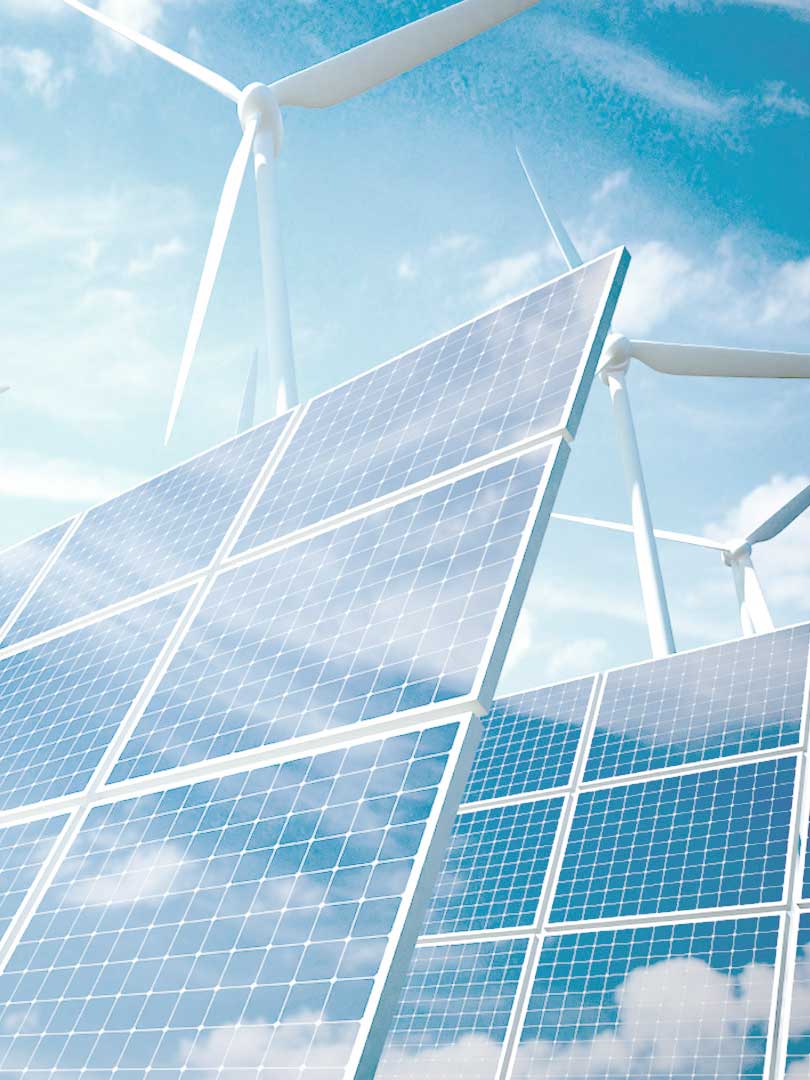Industry Issues
State of the art control systems in high-tech developments means new facilities have a relatively small environmental impact.
In these systems, nutrient loads and run-off are managed on-farm or in closed, recycling systems. They are also very efficient users of water. Fruit and vegetable growing generally uses about 38L of water per dollar of value produced, whereas hydroponically-produced vegetable crops use only 0.6L of water to produce the same value.
Whilst growing crops under cover is more energy-intensive than other farming methods, the ability to mitigate weather impacts, ensure traceability and better food and to deliver consistent quality outcomes far outweigh these costs.
The key challenge facing the industry relates to community concern about the perceived visual impacts of large structures.
Protected cropping businesses have high labour requirements, reliance on specialist service and ancillary industries and fragile and perishable crops. These facilities are, generally, best suited to peri-urban locations.

This can result in increased potential for land use conflict with neighbours who see the large structures as not compatible with their lifestyle expectations. These areas are also less familiar with agricultural production, and this causes issues with local government authorities that have little experience in these types of development.
To be successful, as for all agriculture, the protected cropping sector must have certainty of land tenure. Effective land use planning is therefore crucial to protecting the sector’s capacity to underpin economic activity and deliver desired outcomes for local communities – and the state more broadly.
Key drivers of success will include: a supportive regulatory framework with innovative approaches to land use planning; and understanding the extent of current and projected future agricultural land resources.
Agrisolar CRC
Large-scale land transformation is needed to achieve climate resilience
A fully decarbonised agricultural supply chain will set Australia apart and enhance our access to sustainability-conscious international markets. To meet emissions targets, both existing and proposed, agrisolar can be a major driver in the transition to a climate-positive economy. A full exploration of Agrisolar in Australia via a CRC will mature the decarbonisation community, grow the economy through innovative PV solar usage, and help Australia reach climate resilience through application.
